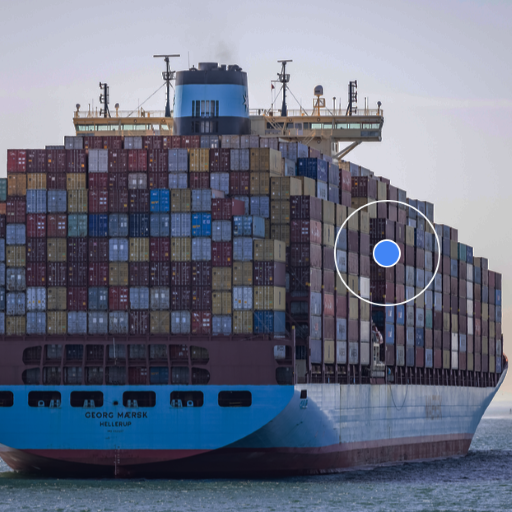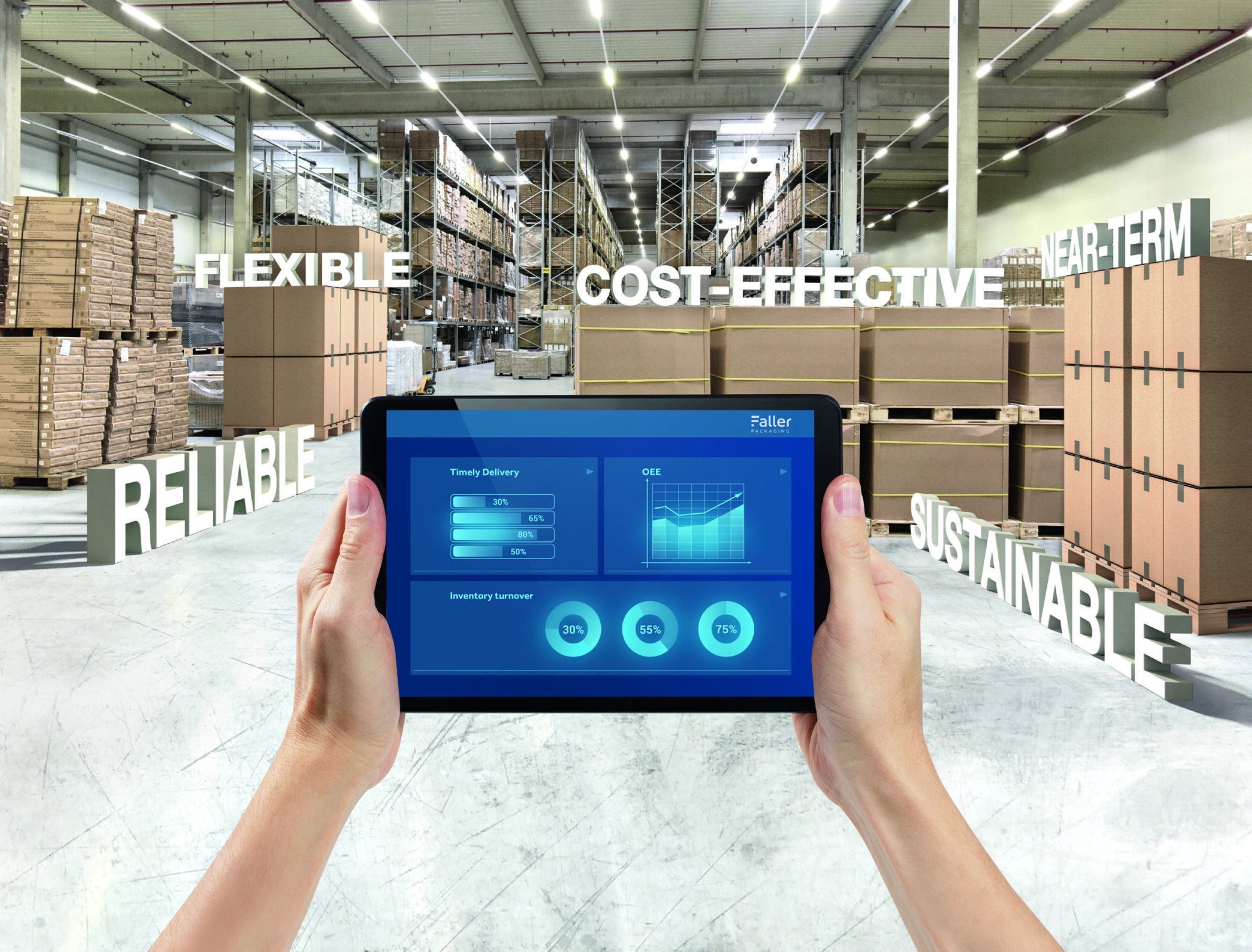The IPCC’s most recent assessment on the extent to which human activity affects the climate is bleak, writes Vernon O’Donnell, Chief Product Officer at project44. It calls for quick action and reminds us that “every tonne of CO2 emissions contributes to global warming.” The supply chain sector is being scrutinised because it currently accounts for approximately one-fifth of global carbon dioxide (CO2) emissions. While other industries have already begun to reduce emissions, albeit slowly, supply chain transportation is lagging behind.
This is frustrating because supply chains are well positioned to assist in meeting sustainability goals. While many in the business are waiting for electric vehicles to be a silver bullet, others are acting immediately. There are immediate and cost-effective solutions that can be implemented when time is of the essence. Greater visibility and interrogation of supply chains, as well as lowering inefficiencies and emissions through smart data utilisation, must be the first port of call.
From Ikea to Unilever, Apple to Coca-Cola, many of the world’s most recognisable names have publicly stated their net zero target timeline. While this is admirable, it doesn’t tell us how targets will be measured – not least within the supply chain. As research suggests, while 36% of supply chains have just started to measure their sustainability or climate impact, over a quarter are not measuring impact at all.
There is a glaring lack of visibility across supply chains, which by their nature are often complex and multifaceted. Measuring the total environmental impact of a supply chain is a complicated task, but one that must be undertaken in order to deliver sustainability targets. If we don’t know our current baseline, how can we know when we are moving in the right direction?
Achieving supply chain visibility requires a multifaceted approach. As the World Economic Forum estimates, digitisation has the potential to reduce emissions from logistics by 10% to 12% by 2025, however, 50% of organisations still have to embark on supply chain digitisation and visibility enablement. It is only with high-quality visibility data that supply chains can improve practices that lead to waste. For example, new software platforms are emerging to help with sustainable sourcing, supply chain emissions visibility, supplier management and monitoring as well as ensuring products re-enter the value chain through a circular economy.
Corporates are increasingly feeling pressure from consumers and governments to have more comprehensive, real-time visibility at every step of the value chain as well as utilise more sustainable materials and production practices. For example, smarter use of such visibility technology can enable companies to analyse shipments to identify areas for improvement, choosing the routes and modes that will create the least amount of waste. These technologies are ambitious. Most Transportation Management Systems currently in use only contemplate two factors when selecting a carrier – cost and performance. A third dimension illustrating the carbon footprint should be added so a balanced decision can be made that aligns with emissions targets. While this is a challenge that is still a way off for many companies, it is a model that all should aspire to and is a solution that is closer than ever.
While this level of insight may still be aspirational for some, there is still much that can be done with data visibility. For example, long-duration truck idling results in 11 million tons of CO2 and 180,000 tons of NOx each year. Magna International, a global automotive manufacturer that has produced more than 3.5 million vehicles including models for brands like BMW and Jaguar, analysed their visibility data to identify possible process improvements. They found that shipments were late 2% of the time and early 50% of the time, and both scenarios were causing missed dock appointments. Having access to this information allowed them to improve processes to ensure an additional 40% of their shipments arrived in the 30-minute appointment window, significantly reducing dwell time.
Better together
If the shipping sector is going to decarbonise, it will take a combined effort. The Digital LTL Council in the US, of which project44 is a founding member, is a great example of how industry leaders can come together to tackle issues faced by the industry. The council focuses on creating standardisation across the sector, which will be key in the fight against climate change.
Such collaborative efforts demonstrate the determination of the industry to play its part in this challenge. However, to harness the power of data to drive sustainable supply chains, this collaboration must go further. Visibility can only be attained when each player shows their hand and is playing the same game. In other words, greater openness and standardisation of green data is required within the supply chain to realise the benefits of data-led sustainability strategies. With the willingness of all parties involved, this will be a first step towards a more sustainable industry. This buys the transportation sector time while technologies such as electric and hydrogen vehicles remain in development.
And, when those green technologies are ready for mass adoption, we will be ready as an industry to measure their impact. Only once we have established a baseline for now can we ensure that they are playing as transformative a role as possible in the future.
A cleaner, brighter future is dependent on sustainable data visibility in supply chain transportation.
At the moment, we aren’t seeing emissions data used at scale, but the tide is turning. More organisations collaborating to bring change, share ideas, and make data public, which is critical for analysing impact and developing strategy. Our future is one in which businesses can continue to prosper and satisfy customer expectations, fuelled by efficient procedures that are ready to welcome the hydrogen ships, electric lorries, and drones that will propel us forward. For the time being, though, we must rely on what we have – data, analytics, and each other – to turn the tables.











